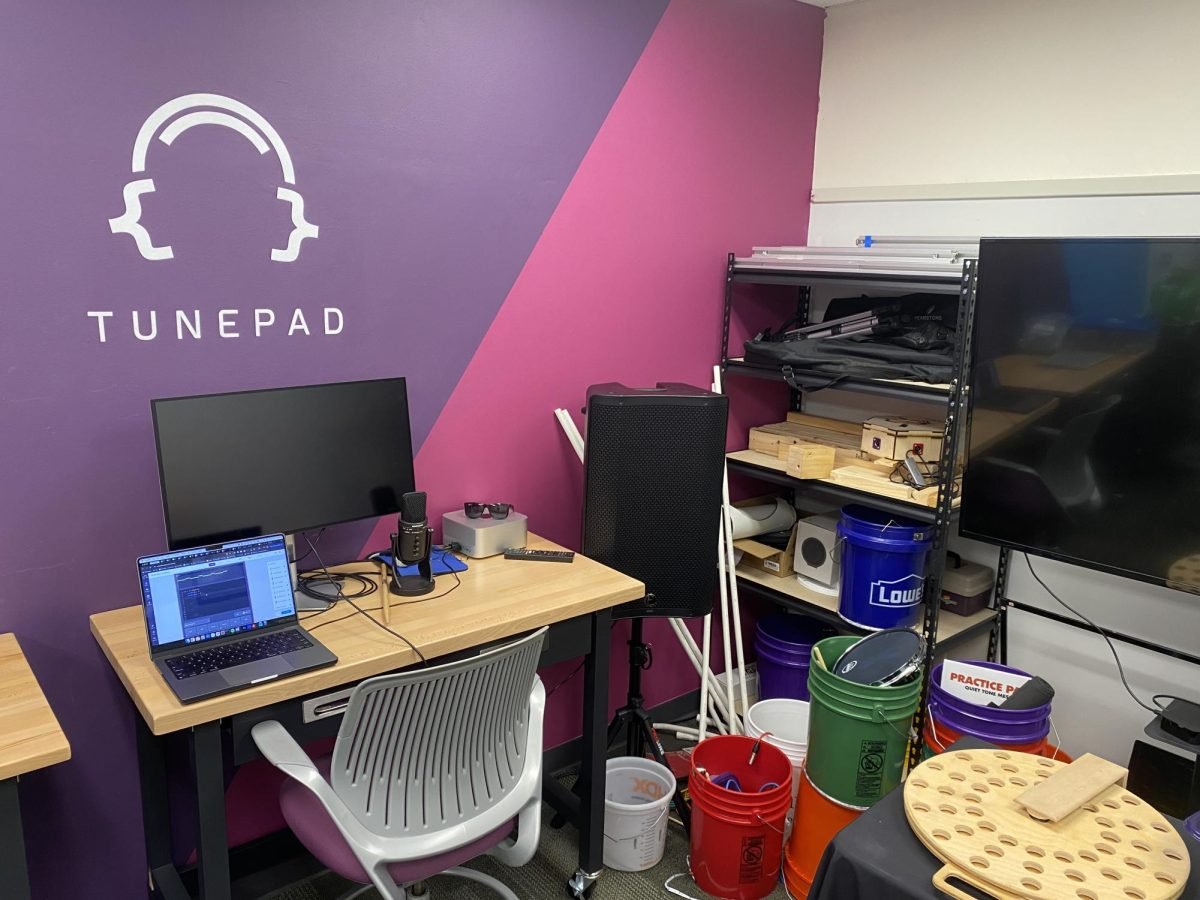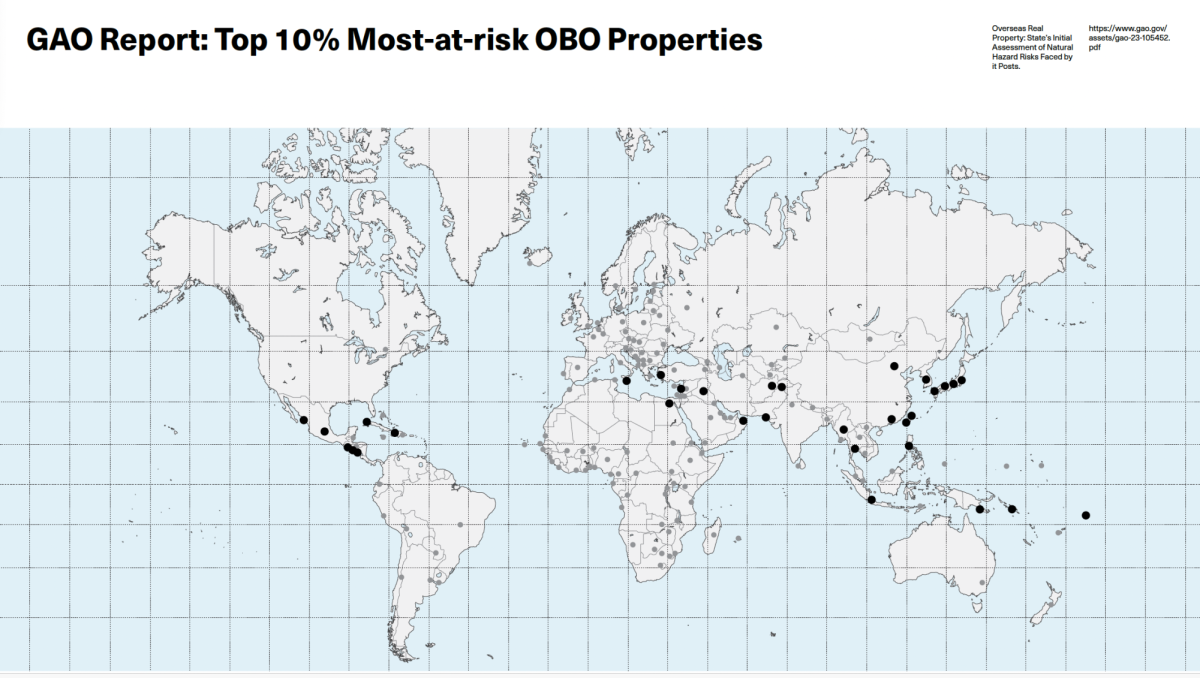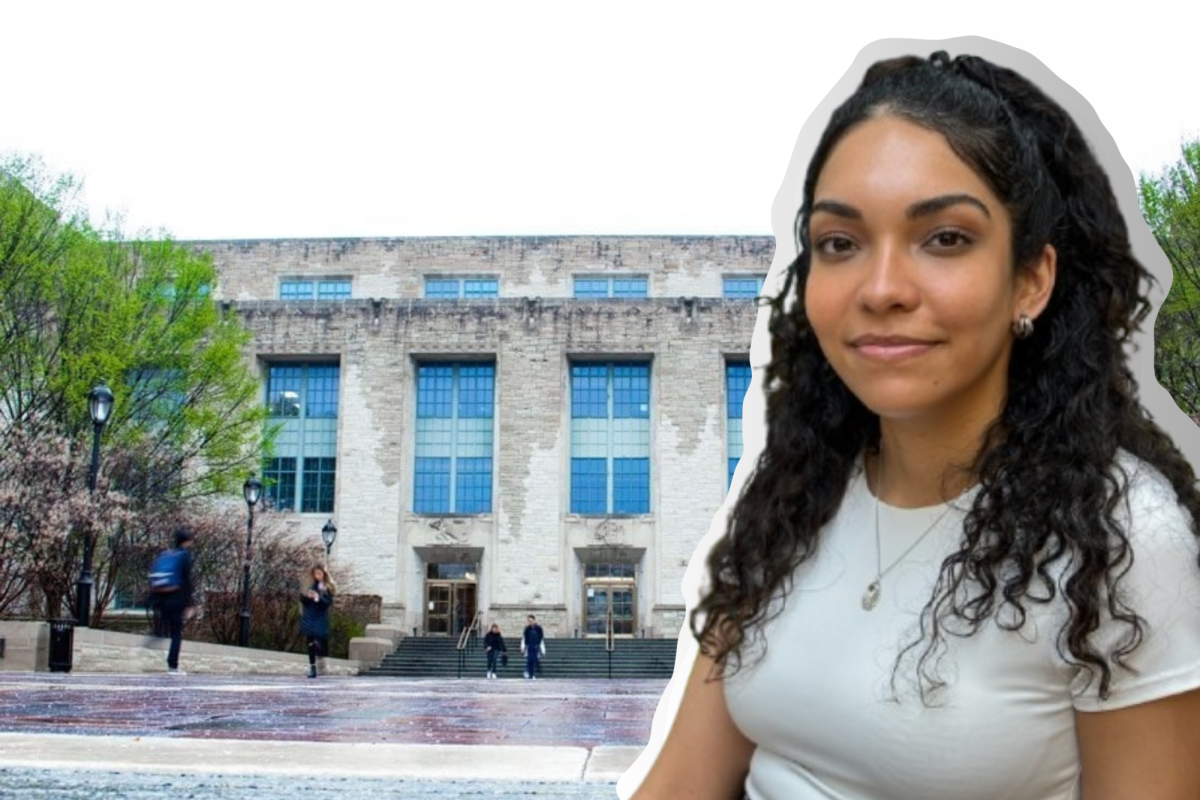In the past few weeks, Northwestern scientists have been featured in national media for research ranging from the possibility of a blood test for depression to a study that restored hand movements in paralyzed chimpanzees.
The results are publicized in news reports across the nation. However, the process to fund these studies can be a lengthy and challenging one.
“It can really be the most difficult part of research to find out if you’re going to have the funding,” said Eva Redei, a professor and investigator in the Feinberg School of Medicine. “It’s almost a different art form from the science itself. It’s unfortunate that we have to do it ourselves.”
When NU faculty members decide to pursue a research project, they start the search process for seed money. This involves finding the funds to conduct preliminary research and develop initial data. Collecting initial data and securing these funds is vital to the long-term prospects of research projects because it allows investigators to show their work to larger funders. Once NU faculty members begin their research on a small scale, they then apply to federal agencies, corporations or national foundations that can provide larger sums of money.
In order to secure the seed funding, researchers have several options, said Cynthia Csernansky, senior associate director in the Northwestern University Clinical and Transitional Sciences Institute. Small grants – often tens of thousands of dollars – are available through a competitive selection process through the Northwestern Memorial Foundation to allow researchers to begin their work. NU investigators can also look to outside sources including institutions like the American Cancer Society or American Heart Association that sponsor research in their area of focus. Csernansky works with Faculty Connect within NUCATS to match NU researchers with funding opportunities in their field. She said she has helped develop a system over the last two years that automatically recognizes when a faculty member could be eligible for a grant and sends the researcher a notification.
While many NU researchers are able to secure seed funding through these means, Redei said it can still be a difficult process.
“Funding is extremely difficult to get,” said Redei, whose recent research on the possibility of a blood test to identify teen depression gained national attention. “Everybody is looking for some funding for their own research. Basically what you’re doing is constantly looking out for opportunities.”
Csernansky said the ability to lock up initial funds is crucial.
“It can be the difference between a great idea going forward and one languishing,” Csernansky said.
One advantage NU researchers have is the ability to apply for small grants through the Northwestern Memorial Foundation, which is the fundraising arm of Northwestern Memorial Hospital. Stephen Falk, president of the foundation, said its goal is to offer support to the NU medical community, which is composed of Northwestern Memorial Hospital, Feinberg and the Northwestern Memorial Faculty Foundation.
Falk said the foundation oversees about $2.3 million per year in research funding, often through competitive small grants. Csernansky said these grants offer NU scientists the chance to find seed funding where others cannot.
“Faculty are competing with each other but not with anyone from outside, so it’s a really important mechanism that can make the difference,” she said.
Rex Chisholm, Feinberg’s vice dean for scientific affairs and graduate education, said NU researchers can perform preliminary research through resources NU has made available to faculty, including microscopes that can cost hundreds of thousands of dollars and sophisticated DNA technologies.
“These are facilities that are open to faculty and let them go in and really do some of that early work and gather that necessary data for a much lower cost than if they were trying to do that on their own,” Chisholm said.
The National Institute of Health is one of the largest funders of research, along with other federal departments including the Department of Energy and the Department of Defense, Falk said.
At NU, a variety of groups try to ensure that NU faculty apply for grant opportunities. Chisholm said in addition to Faculty Connect, administrators in the Office for Research, the Office of Research Development and his own office at Feinberg proactively send out
information to researchers. If a scientist is able to secure funding from a federal agency or national organization that can sponsor long-term studies, there is still no guarantee the research will be a success, Falk said.
“We don’t bat 1.000 here,” he said. “We have people who go out and get seed money and do the research and they find simply that their hypothesis was wrong, but that’s OK because it still adds something.”
Chisholm said the work of NU researchers is paying off.
“We’ve been very impressed that over the last few years the mention of research at Feinberg (in the media) has more than doubled,” Chisholm said. “We think that that’s a testament to the work that’s being produced.”






